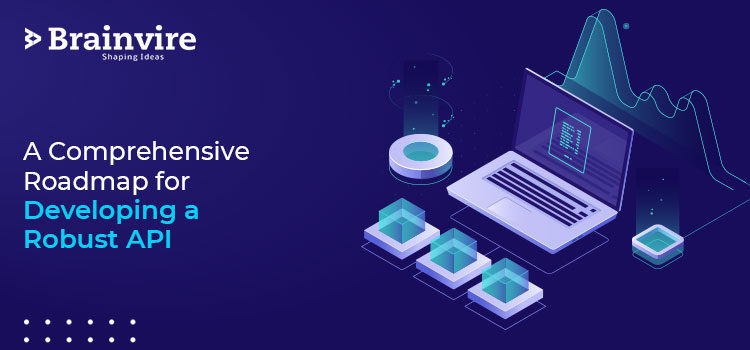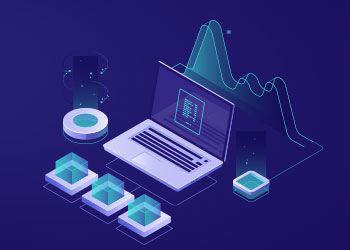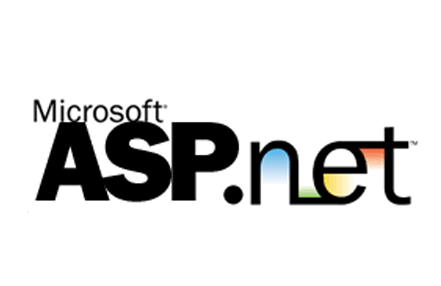
If you work for a mobile app development company or are a mobile app developer, working around API must be a daily grind. This high-end technology is increasingly revolutionizing the IT industry to a smarter world. A research website called “ProgrammableWeb” has more than 19,000 distinct APIs in its directory.
Our lifestyles are encircled by APIs and we use them ordinarily, without even realizing. From ordering food to paying money to the food delivery guy through PayPal or razor pay everyone is possible because of the API. So, it’s time to know about the wheelman behind driving the functioning of the mobile apps and it’s working?
Let’s begin through API
What is an API and How does it work?
Application Programming Interface(API) is a software intermediary that enables two applications to communicate and access data with each other.
In geek language, It is an ensemble of data, information, tools, protocol, and communication platforms that are used for seamless application development by enabling various applications to utilize features or services of different application software and provide optimal services.
Apps that deal with data exchange or allow interaction amongst two products are all backed by API. It ensures easy data transfer amongst mobile applications and provides a meaningful user experience without involving the developers. APIs are responsible for bringing applications together and imply a function built for the data transfer and execute the rest of pre-defined processes.
A developer may use an API to send or receive data by making a particular “call” or “request.” JSON is a programming language that is used for this communication. It can also be used to perform a specific task, such as updating or deleting information. API can be used to make four different types of requests:
GET – Information is gathered (Pulling all Coupon Codes)
PUT – Makes changes to records (Updating Product pricing)
POST – Generates (Creating a new Product Category)
Delete – (Deleting a blog post)
What are the important Tools for developing APIs like an expert?
Open API- These APIs, also known as public APIs, have no limits on who can use them since they are open to the public.
Partner API- Since this form of API is not open to the general public, a developer must have specific privileges or licenses in order to use it.
Internal APIs- they are also known as Private APIs, are only accessible by internal systems. These are normally created for internal company use. This form of API is used by the company’s various internal teams to develop its goods and services.
Composite APIs- Different data and service APIs are combined in this form of API. It is a series of tasks that operate simultaneously as a result of their execution rather than at the task’s request. Its primary functions are to speed up the overall execution process and to increase the output of the listeners in the wet interfaces.
Web Service APIs
Now that you have substantial knowledge about the significance of API, it’s time to look at the various types of APIs available. APIs in general have similar functionality, they may vary depending on their implementation.
REST API
REST API (Representational State Transfer APIs) is also often known as RESTful API. REST APIs have recently gained prominence as a component of Web Services. Developers may use REST APIs to make requests and receive responses using HTTP functions. The REST system is designed on four separate HTTP commands. GET, PUT, POST, and DELETE are examples of these commands.
SOAP APIs
The acronym SOAP refers to the Simple Object Access Protocol. SOAP is a protocol that is specified by a standard, while REST is an architectural style. SOAP is reliant on XML-based systems and programming, and its data tends to be larger and more expensive. Additionally, SOAP APIs have a higher degree of protection. An application communicating with a financial institution is a typical use case.
RPC APIs
Remote Procedure Call (RPC) is an acronym for Remote Procedure Call. RPC APIs, which are programmed to execute a section of code on a separate server, was the first type of API. It can become a Web API when used via HTTP.
API Working
When a user runs any application on your mobile phone, the application transfers data to the server via the internet. Once the data is sent to the server, the server retrieves and interprets that data, perform all the required actions, and sends it back to the user. The application on your mobile then again interprets that data and displays you with the information you asked for in human-readable format. This is what an API does.
For better understanding let’s consider a scenario of a bank
Consider this scenario: you went to the bank to withdraw money from your account. Consider yourself a customer, a bank teller as an API, and the bank as the device with which you communicate. You’ll now need to send a contact connection. If you want to withdraw money from your account, you approach the teller (API) and request $500 per se from this account. “The teller (API) then informs the bank manager (the system) that a customer would like $500,” and the bank manager (the system) gives the teller (API) $500, which he or she then gives to you. The API, as you can see, acts as a gateway between your specifications and the system.
This is an example of a real-world API. You may be used to looking for flights on the internet. You have a range of choices to choose from, such as different cities, departure and return dates, and so on, much like the restaurant. Assume you’re using an airline’s website to book your ticket. You can pick a departure city and date, as well as a return city and date, cabin class, and other options. To book a flight, you go to the airline’s website and check their database to see if any seats are available on those dates and how much they will cost. You get all the information you need in a matter of seconds. To provide such comprehensive details, the platform made an API request to the bus company’s website, requesting access to all of the database and related data. The website returned the data that API creation had sent to the platform, which was then shown on the screen by the platform.
What are the tools for developing APIs like an expert?
Although there are numerous resources and technologies available to aid in the creation of an API, the following are some of the most common tools and products for developing APIs for developers:
a) Apigee: Apigee is a Google API management service that helps developers and companies succeed at digital transformation by shifting to an API methodology.
b) APIMatic and API Transformer are advanced automatic development tools for building high-quality SDKs and code generators from API-specific formats and transforming them into other configuration formats like RAML, API Blueprint, and so on.
c) API Science is a tool that is used to evaluate the efficiency of both internally and externally APIs.
d) API Serverless Architecture: These products use a cloud-based server platform to help mobile app developers plan, install, publish, and host APIs.
e) API-Platform: This is an open-source PHP framework that is suitable for developing web APIs.
f) Auth0: Auth0 is an identity management tool for authenticating and authorizing APIs.
h) GitHub: GitHub is an open-source hosting service that allows developers to maintain shared source code, change requests, device management, and commenting. It also provided them with the ability to store their code in private repositories.
I) Postman: It’s essentially an API toolchain that allows developers to run, test, log, and evaluate their API’s performance. Despite the fact that the environment is full of APIs and API integrated apps, there is still a significant gap in the use of APIs. Although some APIs make app integration a joy, others find it a mess. To assist you in ensuring that you create a robust App, you can hire companies that provide iOS and Android development services.
FAQs
To Make Use Of SOAP API, follow the steps below:
– Make your company’s own WSDL document.
– SoapUI may be used to turn the WSDL file into a SOAP project.
– SOAP API authentication for access to your Trailhead Playground.
– Set up an account using the SOAP API.
Just follow the steps in the “create proxy” wizard.
Choose “SOAP Service,” and then enter the WSDL.
Select “pass through SOAP,” and then click “next next next” to go through the rest of the process.
After that, launch the proxy editor and paste the API Proxy that was generated into it.
Adjust the proxy editor so that it translates between SOAP POST and the different RESTful calls as required.
To include the Content-Type key with the text/XML value, go to the Headers tab. To compose a SOAP message, go to the tab labeled “Body,” then choose “raw” and “XML” from the drop-down menus. Well, that settles it. After that, check to see whether your request was granted (hopefully, you received a 200 HTTP response).
RPC allows for the use of callback methods, select subroutines, and batching and broadcasting of calls. With batching, a client may simultaneously send an infinite number of call messages to a server.
Two-application Azure portal setup
1) Go to your web app’s Settings > Configurations > Advanced in the Azure portal.
2) Go to Path Mappings and add a subsite mapping item.
If you want this item to remain a virtual application, deselect the directory box when adding it.
Then, you’ll want to save your changes.
3) Click “Publish” when prompted after right-clicking your API project in VS2017.
4) Set the destination folder’s name as the site’s in the publish settings box.
5) Move the dist/client app folder into production, and last, publish your app with the root paths using ng-build —prod.
Related Articles
-
7 Signs Your Business Requires a CRM System
A high-quality CRM system can be a valuable tool for your business. It can help make your employees more efficient, increase customer retention, improve data collection, and much more. Despite
-
How Augmented Reality App Development Plays A Crucial Role In Enhancing Apple Vision Pro?
Continual evolution is the only constant, fuelling technological advancements and how humans interact with technology. This becomes even more evident when you evaluate how far we have come in terms
-
A guide to choose the best dot net development company
Talking About A guide to choose the best dot net development company, In this smart age, where websites and applications are basic requirements of every business, people have started building



